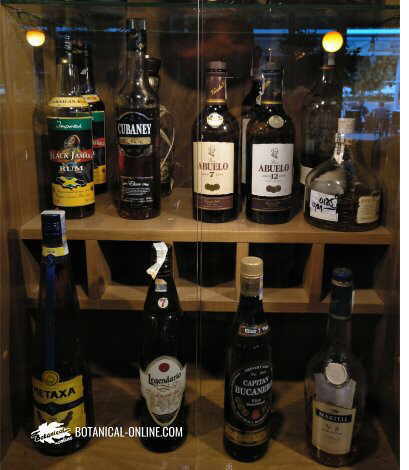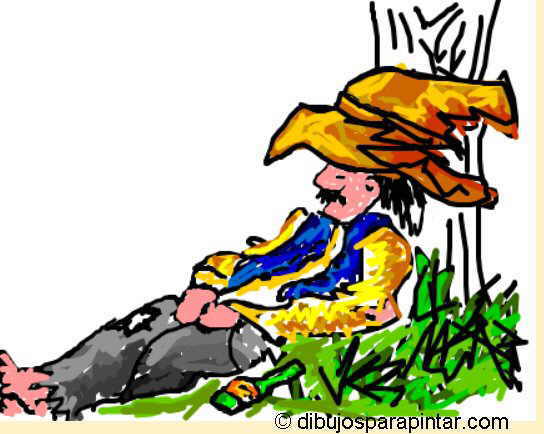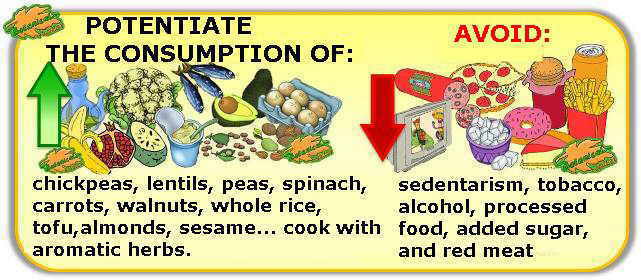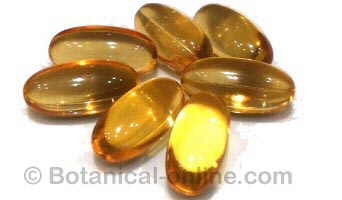Contents
- 1 When does alcohol drinking become dangerous?
- 1.1 CHARACTERISTICS OF ALCOHOL
- 1.2 How is alcohol produced?
- 1.3 Alcohol obtained by fermentation
- 1.4 Alcohol as food or as drug
- 1.5 Effects of alcohol
- 1.6 How much alcohol can a person drink?
- 1.7 How much can you drink without harming the body?
- 1.8 What are the symptoms of being drunk?
- 1.9 What are the symptoms of a hangover?
- 1.10 Dangers of becoming drunk
When does alcohol drinking become dangerous?
CHARACTERISTICS OF ALCOHOL
How is alcohol produced?
Ethyl alcohol or ethanol (C2H5OH) is produced by fermentation of vegetables by the action of yeasts that convert sugar or starch into alcohol and carbon dioxide.
The most common forms of alcoholic beverages are wine and beer, but alcohol can be obtained from many other vegetables, like potatoes or corn.
Obtained in a natural way, alcohols are produced with a degree which typically ranges between 7 and 12 degrees.
Alcohol obtained by fermentation

Exhibition of alcoholic beverages in a restaurant
For obtaining stronger alcoholic beverages natural alcohols must be distilled. From them, distilled alcohol is obtained, with a much higher alcohol concentration, than can reach 95 degrees. Examples of distilled alcohols are whiskey or rum.
Alcohol as food or as drug
Ethyl alcohol or ethanol contained in certain alcoholic beverages such as wine or beer, can be both a food and a drug. Drunk in moderation, certain alcoholic beverages such as wine or beer, can help to improve blood circulation; it is said that the wine that French people usually drink is what determines that this country has less circulatory problems than the rest of the Western countries
However, alcohol abuse leads to alcoholism, one of the most common and dangerous forms of addiction. Alcohol, in this sense, is the most widely used drug, and the oldest.
Effects of alcohol
- Alcohol, taken in moderation, has stimulant properties: it releases from inhibitions, provides a better mood and a feeling of well being.
- It must be said, however, that some of the apparent stimulant properties of alcohol are false. For example, there is the popular belief that alcohol encourages individuals to maintain better sex. The truth is that this substance depresses the central nervous system which can lead to erection problems and prevent proper sexual relations. Alcohol, therefore, does not have aphrodisiac properties.
- Another false belief is one that believes that alcohol increases the personal security and the ability to perform tasks. Alcohol, being one of the best depressants, reduces the sharpness of the nervous system, numbing the individual and makes him or her slower in the workplace and in their personal reactions. Drinking while driving or working is a mistake which can have fatal consequences. It has been shown that even driving with a hangover, when there is no alcohol in the blood, decreases the reactions of the driver up to 20%.
How much alcohol can a person drink?
The ability to metabolize alcohol depends on personal factors, sex and race. There are certain people who are more tolerant to alcohol than others. The women put up with much less alcohol than men. The reason lies in their having a smaller liver and more body fat. Oriental people tolerate alcohol less than other races.
Alcohol is absorbed better and hurts less if you drink with a full stomach. When the stomach is empty, alcohol dissolves quickly in the blood. Similarly, the ingestion of alcohol along with sparkling drinks facilitates its rapid absorption by the body.
- The body treats alcohol best when left to rest from time to time. Drinking alcohol daily is not recommended, even moderately.
How much can you drink without harming the body?
The amount of alcohol that is recommended to avoid harming the body is measured in units of alcohol. One unit = 10 mg of ethanol, which is the alcohol found in a glass of wine, a quart of beer or a small cup of liquor. It is recommended that men should not exceed 21 units per week and women 14. A regular consumption of more than 7 units in men and more than five in women harm the body chronically
Type of drink / Degrees | Maximum per week | |
Men | Women | |
Wine (8-14%) | 2 to 3.5 bottles of ¾ of a liter | 1,3 – 2,3 bottles of ¾ of a liter |
Beer (3,5%) | 5 liters | 3 liters |
Sherry type wine (20%) | 1,5 bottles of ¾ of a liter | 1 bottle of ¾ of a liter |
Cognac or similar (40%) | ⅔ of a bottle of ¾ of a liter | Half a bottle of ¾ of a liter |
What are the symptoms of being drunk?

Drawing of a drunk man, sleeping under a tree. By courtesy of © Dibujosparapintar.com
High doses of alcohol ingestion produces a binge or drunkenness, which main symptoms are:
- Aggression or melancholy
- Excessive joy or crying.
- Tendency to insult or scream
- Babbling.
- Clumsiness in the limbs.
- Trouble for concentrating.
- Tendency to go out of one’s mind with violent or inappropriate behavior.
- Very deep sleep.
- The ingestion of alcoholic beverages in very high amounts can produce an ethyl coma.
What are the symptoms of a hangover?
Physically, intoxication leads to serious physical symptoms that appear once the binge has passed, as a result of damage in the body. It is what is commonly known as a “hangover” and is characterized by the following symptoms:
- Headache.
- Stomach pain and heartburn.
- Need to urinate in large quantities
- General body aching.
Dangers of becoming drunk
Binges do not produce any benefit to the organism. Even if they are ocassional, binges can cause serious disruption to the body.
Many inflammation of the pancreas occur after a drunken binge and only one binge is even capable of producing heart disease. We must not forget that drunkenness significantly changes heart rate.
![]() More information on alcoholism.
More information on alcoholism.








